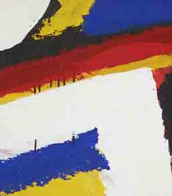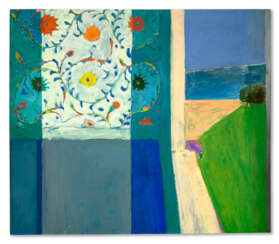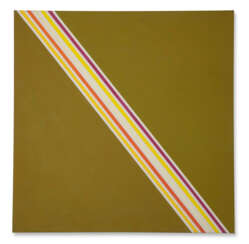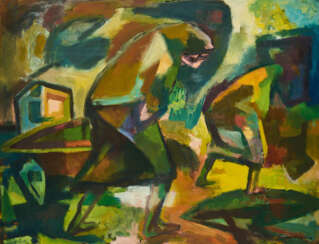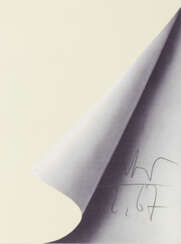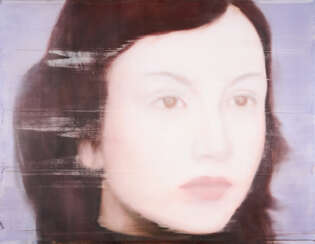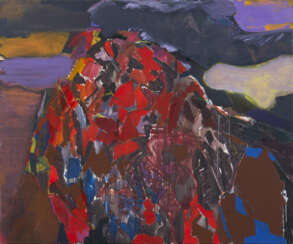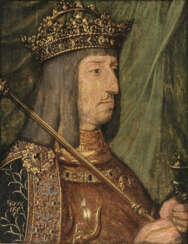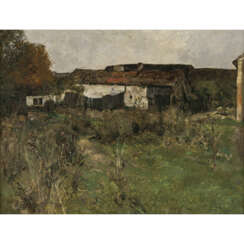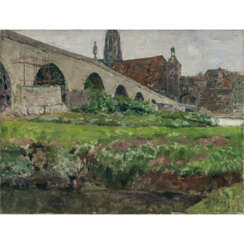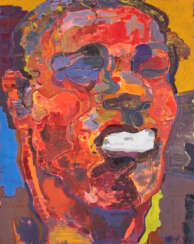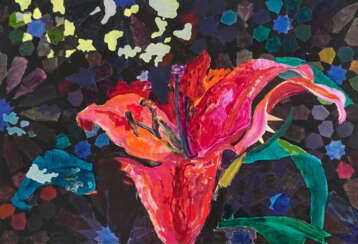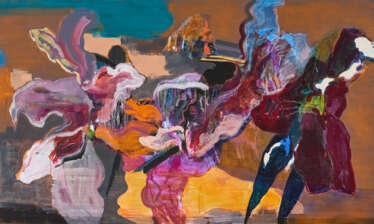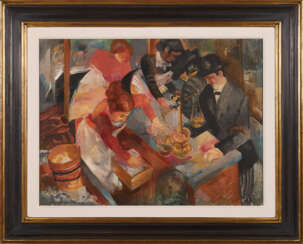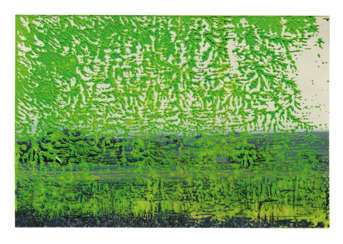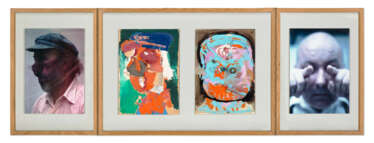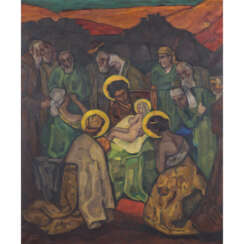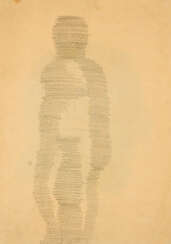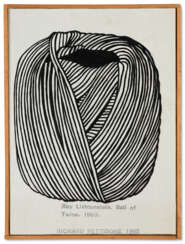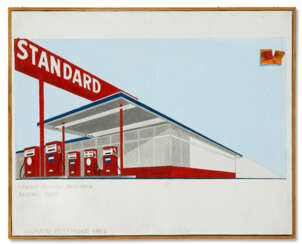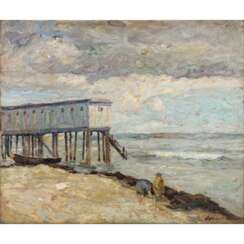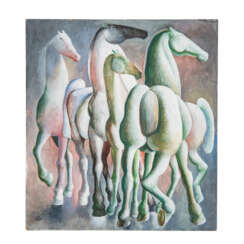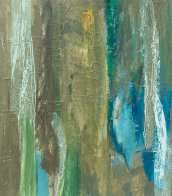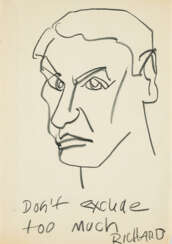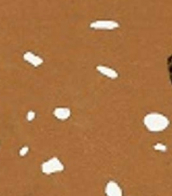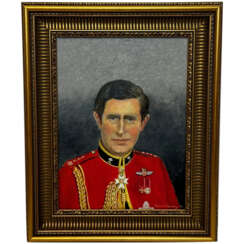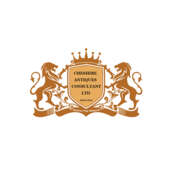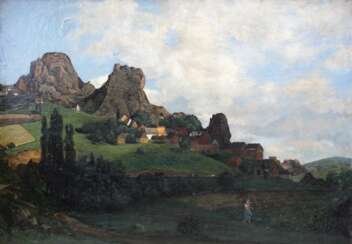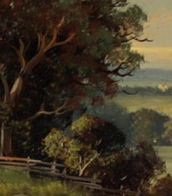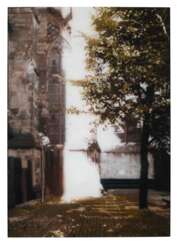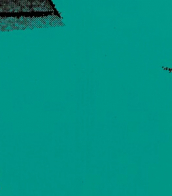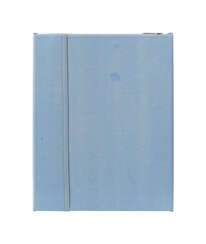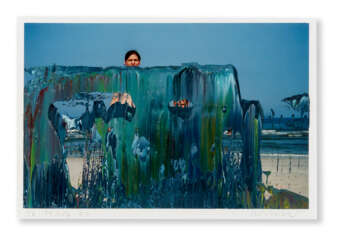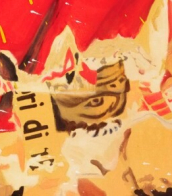hard edge painting
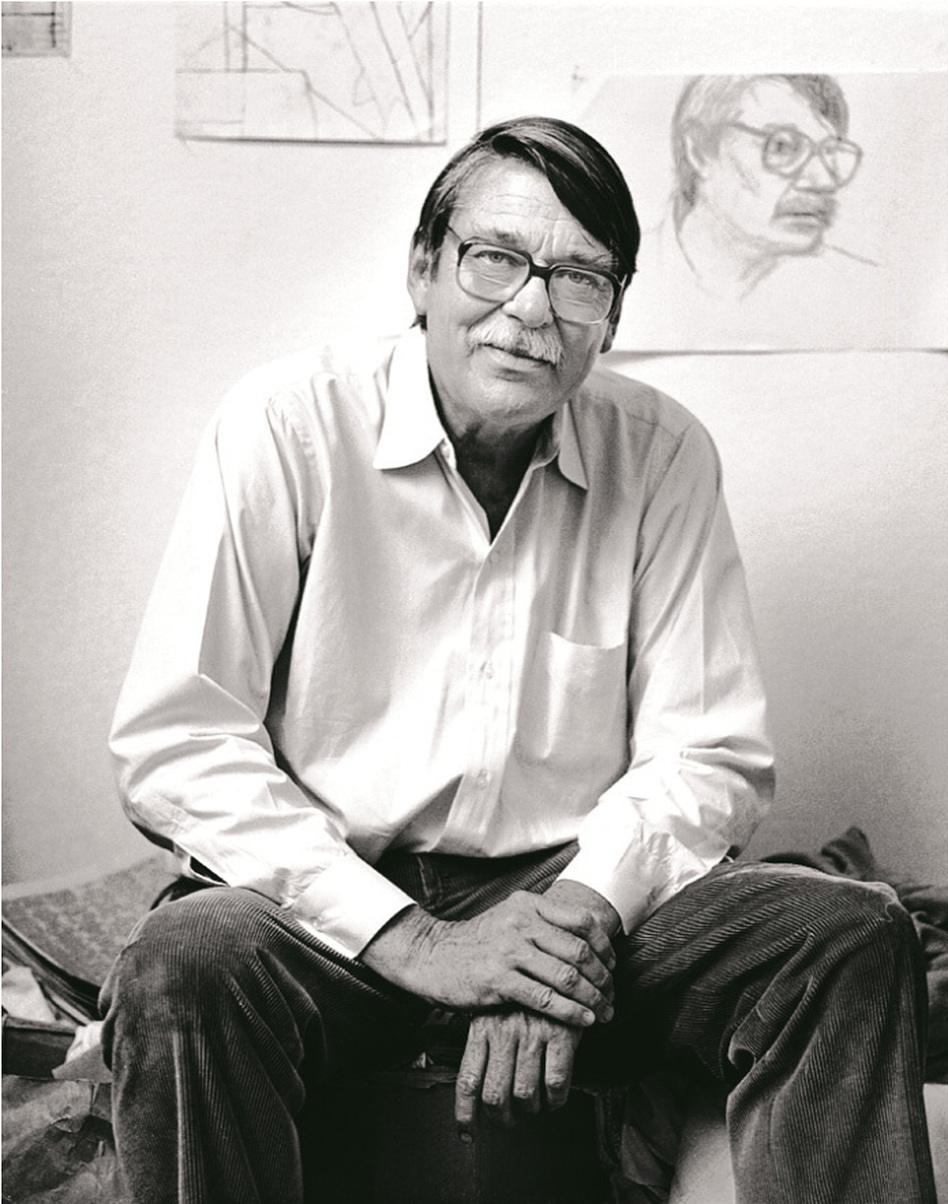
Richard Diebenkorn was an American artist. He was known for his abstract expressionist and later, figurative paintings that explored color, form, and space.
Diebenkorn studied at the University of California, Berkeley, and later at the California School of Fine Arts in San Francisco. In the 1950s and early 1960s, he was associated with the Bay Area Figurative Movement, which emphasized figurative painting in opposition to the prevailing trend of abstract expressionism.
In the mid-1960s, Diebenkorn moved to Southern California, where he began to develop his signature style of abstract paintings that featured large, geometric shapes in muted colors. His Ocean Park series, which he began in the late 1960s, is perhaps his most famous body of work, and is characterized by its luminous, layered surfaces and complex compositions.
Diebenkorn's work has been exhibited in major museums and galleries around the world, and he is widely regarded as one of the most important American painters of the 20th century. His influence can be seen in the work of many contemporary artists working in the fields of abstract painting and color field painting.
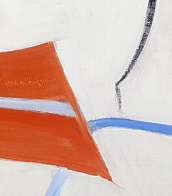
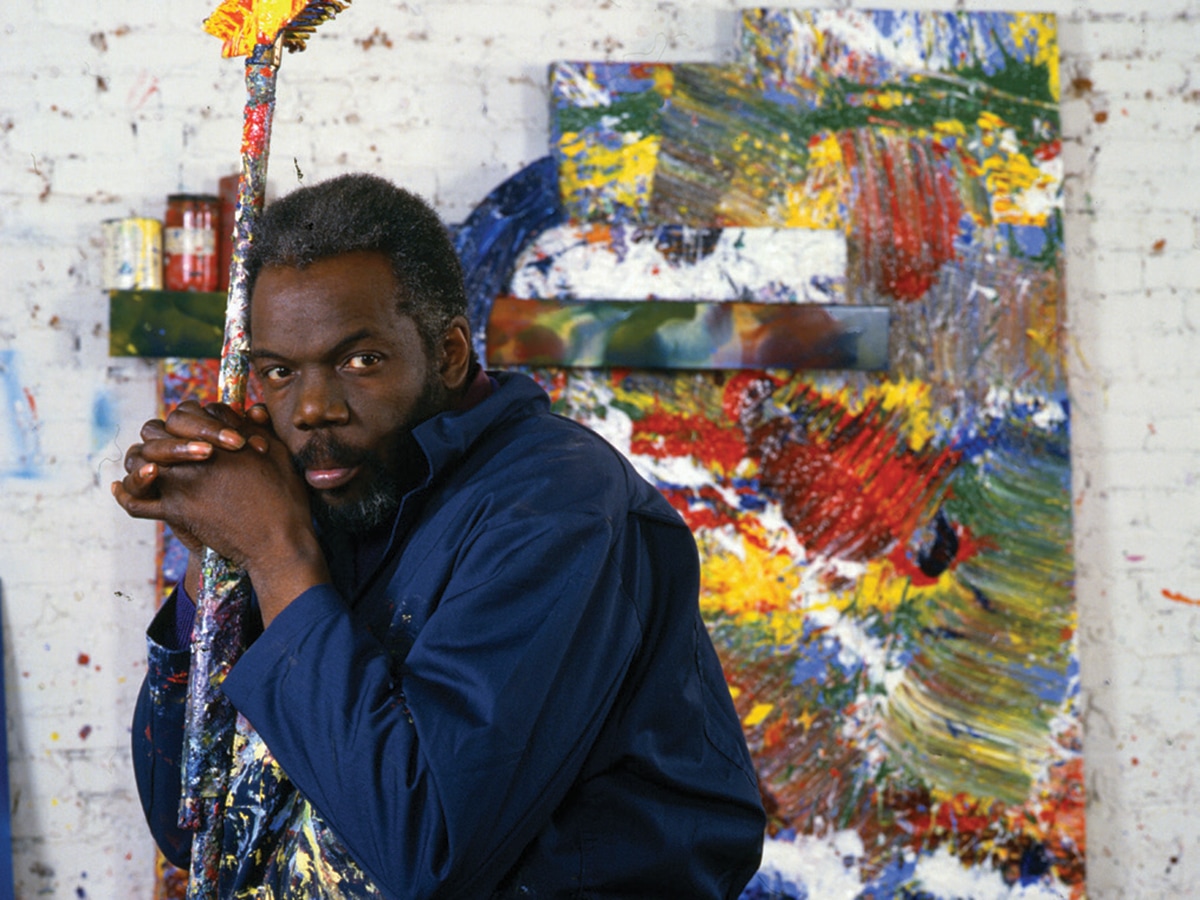
Sam Gilliam was an American color field painter and lyrical abstractionist artist. Gilliam was associated with the Washington Color School, a group of Washington, D.C.-area artists that developed a form of abstract art from color field painting in the 1950s and 1960s. His works have also been described as belonging to abstract expressionism and lyrical abstraction. He worked on stretched, draped and wrapped canvas, and added sculptural 3D elements. He was recognized as the first artist to introduce the idea of a draped, painted canvas hanging without stretcher bars around 1965.
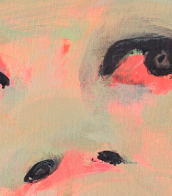
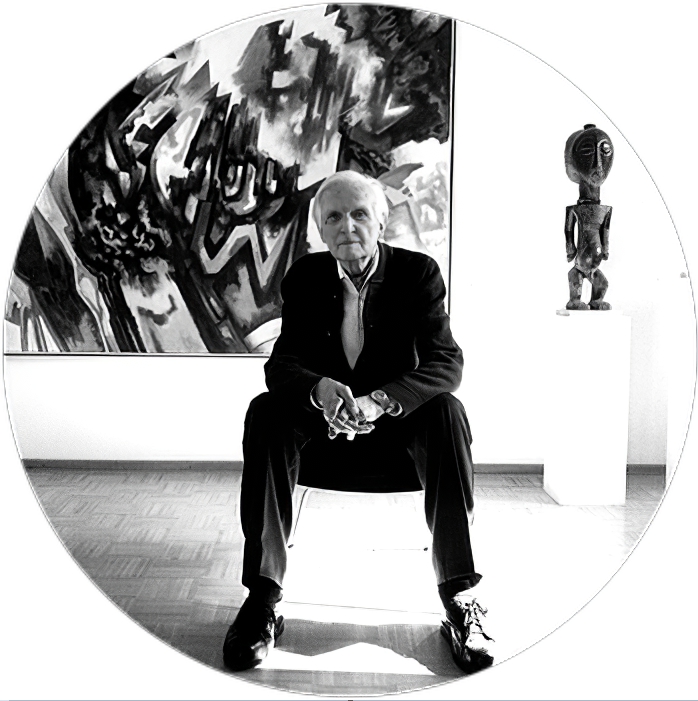
Gerhard Fietz was a German painter, professor and representative of non-objective painting. He is considered an important painter of the second half of the 20th century in Germany.
As a co-founder of the artist group ZEN 49, he opposed traditional representational art and, together with painters such as Willi Baumeister, Fritz Winter and Rupprecht Geiger, developed a style of painting that focused on experimenting with artistic means. Fietz exhibited at numerous national and international exhibitions, including the highly regarded exhibition at the Cercle Volnay in Paris in 1955.
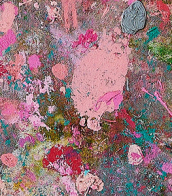

Gerhard Fietz was a German painter, professor and representative of non-objective painting. He is considered an important painter of the second half of the 20th century in Germany.
As a co-founder of the artist group ZEN 49, he opposed traditional representational art and, together with painters such as Willi Baumeister, Fritz Winter and Rupprecht Geiger, developed a style of painting that focused on experimenting with artistic means. Fietz exhibited at numerous national and international exhibitions, including the highly regarded exhibition at the Cercle Volnay in Paris in 1955.
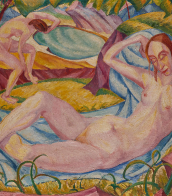
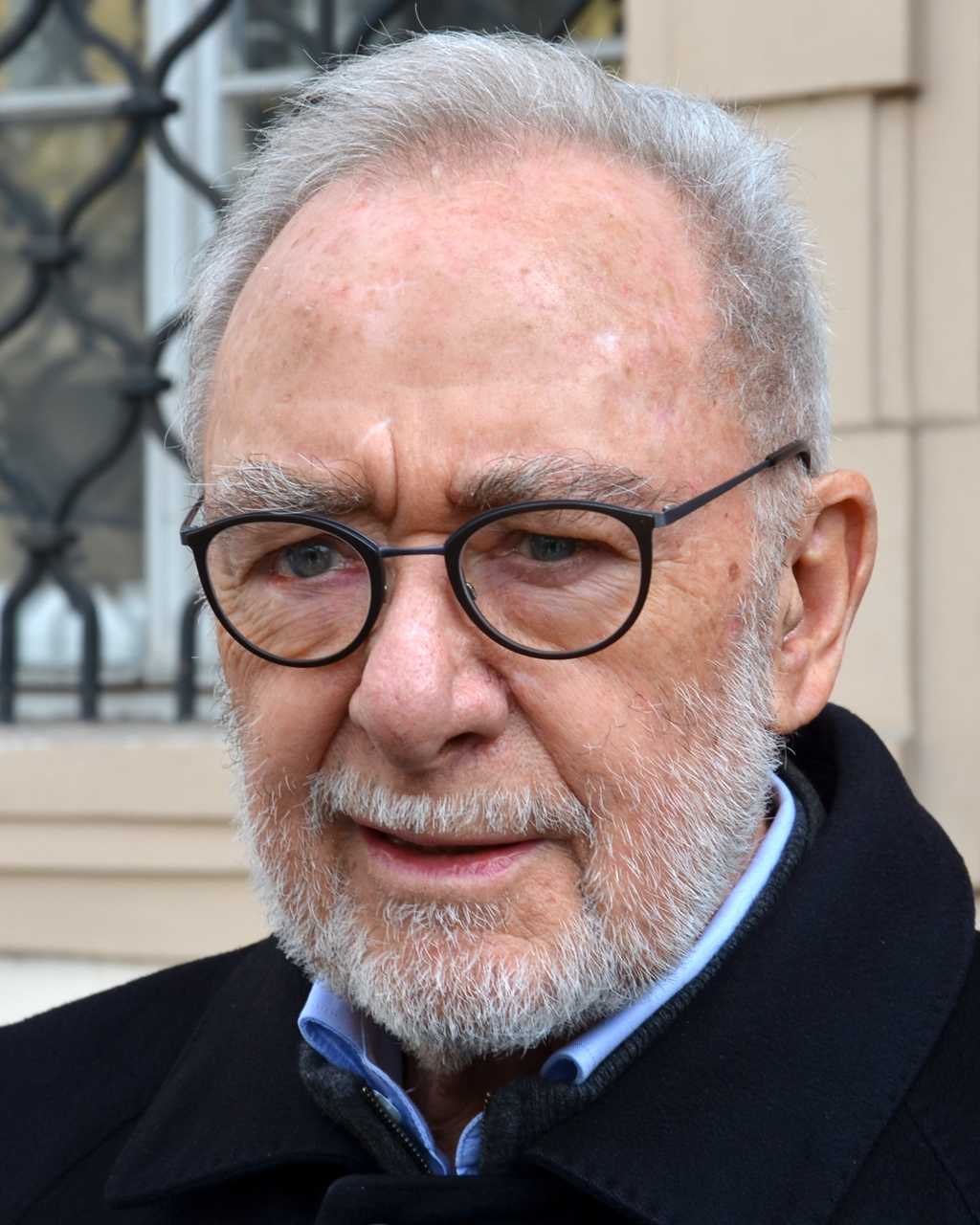
Gerhard Richter is a German visual artist. Richter has produced abstract as well as photorealistic paintings, and also photographs and glass pieces. He is widely regarded as one of the most important contemporary German artists and several of his works have set record prices at auction.
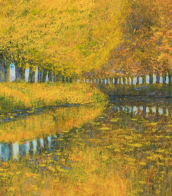

Gerhard Fietz was a German painter, professor and representative of non-objective painting. He is considered an important painter of the second half of the 20th century in Germany.
As a co-founder of the artist group ZEN 49, he opposed traditional representational art and, together with painters such as Willi Baumeister, Fritz Winter and Rupprecht Geiger, developed a style of painting that focused on experimenting with artistic means. Fietz exhibited at numerous national and international exhibitions, including the highly regarded exhibition at the Cercle Volnay in Paris in 1955.
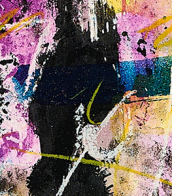
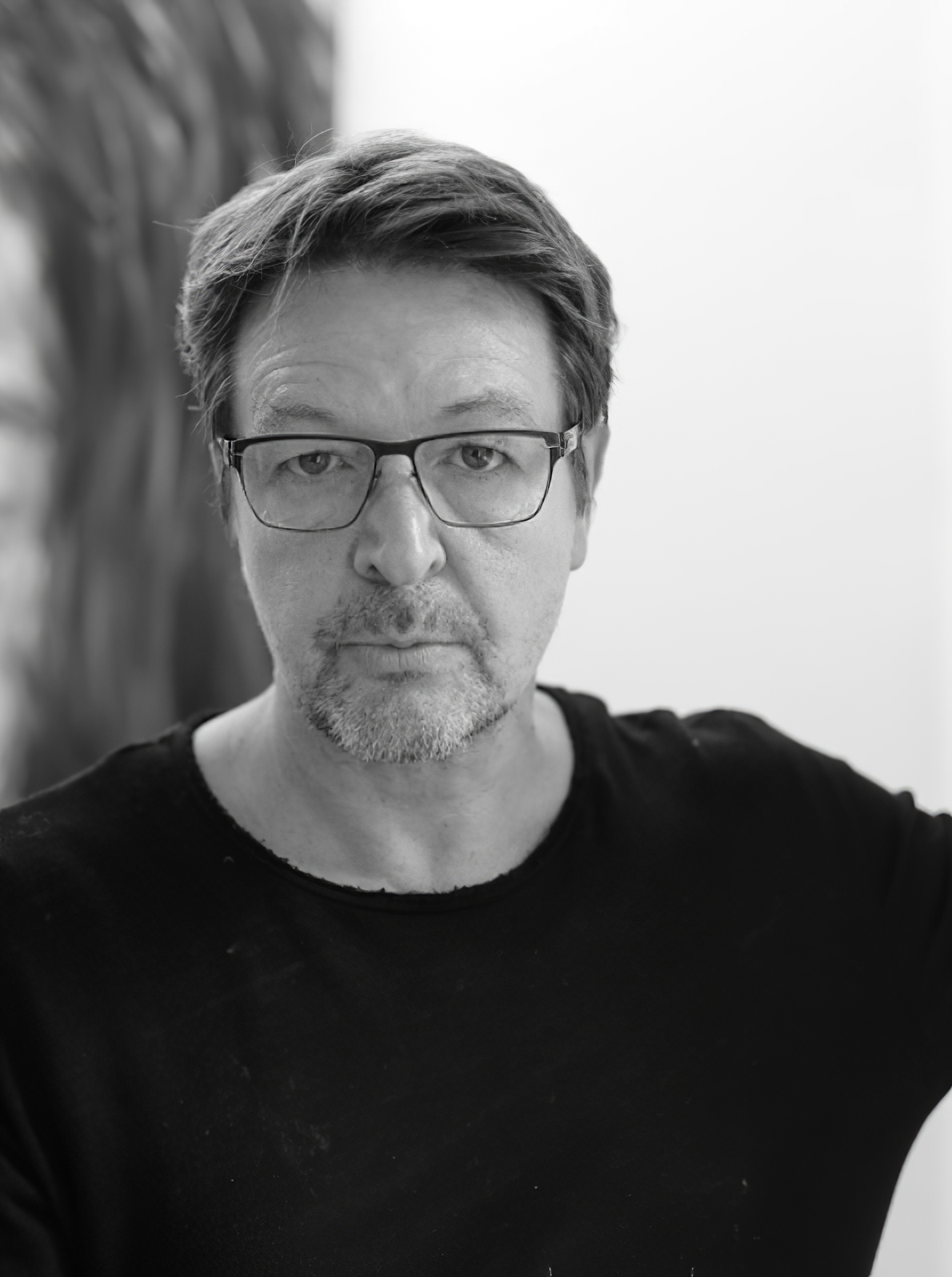
Harding Meyer is a distinguished contemporary artist of Brazilian origin, renowned for his mastery in large-scale photorealistic portraiture. Born in 1964 in Porto Alegre, Brazil, Meyer has made a significant mark in the art world with his unique blend of realism and abstraction. He studied at the Staatliche Akademie der Bildenden Künste in Karlsruhe, Germany, a formative experience that greatly influenced his artistic style.
Harding Meyer's portraits are known for their intimate and tightly cropped depictions of the human face, sourced from a diverse array of visual media including magazines, film, and television. His technique involves a meticulous use of brushes and palette knives, skillfully capturing the essence of his subjects. Harding Meyer's works are particularly notable for replicating the horizontal blurs of television stills and the pixelated textures of digital images, adding a unique dimension to his photorealistic style.
Residing and creating in Karlsruhe, Germany, Harding Meyer continues to push the boundaries of contemporary portraiture. His work is a testament to his commitment to capturing the human essence through a lens of technical precision and artistic innovation.
For collectors and experts in art, Harding Meyer's work offers a fascinating exploration of the human visage, blending traditional portraiture with modern techniques and media influences.
Stay informed about Harding Meyer's latest works and exhibitions by signing up for updates. We offer direct, no-frills information on sales and auctions featuring Meyer's art, ensuring you stay connected to the pulse of contemporary portraiture.
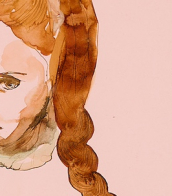

Harding Meyer is a distinguished contemporary artist of Brazilian origin, renowned for his mastery in large-scale photorealistic portraiture. Born in 1964 in Porto Alegre, Brazil, Meyer has made a significant mark in the art world with his unique blend of realism and abstraction. He studied at the Staatliche Akademie der Bildenden Künste in Karlsruhe, Germany, a formative experience that greatly influenced his artistic style.
Harding Meyer's portraits are known for their intimate and tightly cropped depictions of the human face, sourced from a diverse array of visual media including magazines, film, and television. His technique involves a meticulous use of brushes and palette knives, skillfully capturing the essence of his subjects. Harding Meyer's works are particularly notable for replicating the horizontal blurs of television stills and the pixelated textures of digital images, adding a unique dimension to his photorealistic style.
Residing and creating in Karlsruhe, Germany, Harding Meyer continues to push the boundaries of contemporary portraiture. His work is a testament to his commitment to capturing the human essence through a lens of technical precision and artistic innovation.
For collectors and experts in art, Harding Meyer's work offers a fascinating exploration of the human visage, blending traditional portraiture with modern techniques and media influences.
Stay informed about Harding Meyer's latest works and exhibitions by signing up for updates. We offer direct, no-frills information on sales and auctions featuring Meyer's art, ensuring you stay connected to the pulse of contemporary portraiture.
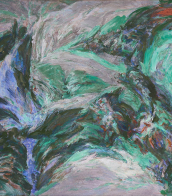
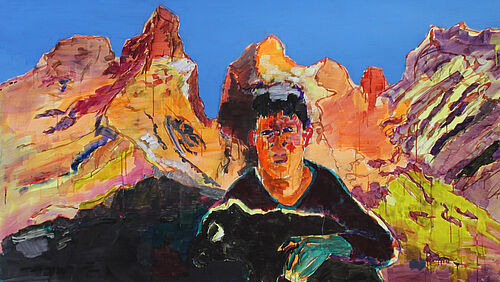
Burkhard Held is German painter living and working in Berlin, Germany. His art is based on figuration dissolving into abstraction. In 1993 he became professor at the Berlin University of the Arts and later served as a professor at the China Academy of Art in Hangzhou, PRC. Burkhard Held is a figurative painter, who dissolves his motifs – landscapes, portraits, flowers – into color fields with a strong tendency towards autonomy. His strongly colored all-over images reinterpret things as abstract and then lead the back into figuration. In 2009 Held started to dedicate himself to the subject of flowers: blossoms become compositions with a landscape character, and are distributed in equally strong colors across the canvas.


Bernhard Strigel was a German painter of the Swabian school, one of the most important masters of the transitional period between the Gothic and the Renaissance.
Bernhard came from a family of artists from Memmingen. He painted works on religious and historical subjects, but became more famous as a portrait painter. The artist painted many portraits of noble citizens of his time in the spirit of the early Northern Renaissance.
Strigel enjoyed the patronage of Emperor Maximilian I and in 1515 became his court painter in Vienna. Here in the same year he created one of the earliest group portraits in Germany, a depiction of Maximilian I and his family. In the last years of his life he gave up religious work and devoted himself almost exclusively to portraiture.
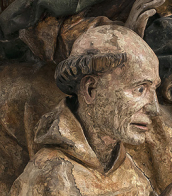
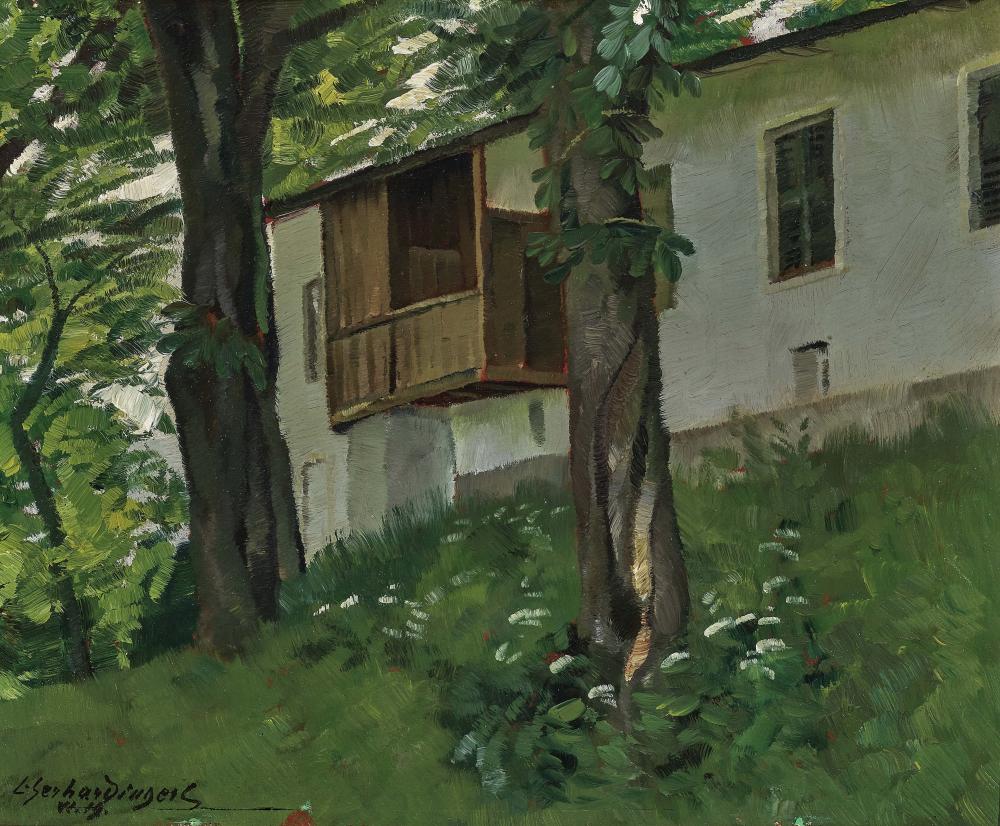




Burkhard Held is German painter living and working in Berlin, Germany. His art is based on figuration dissolving into abstraction. In 1993 he became professor at the Berlin University of the Arts and later served as a professor at the China Academy of Art in Hangzhou, PRC. Burkhard Held is a figurative painter, who dissolves his motifs – landscapes, portraits, flowers – into color fields with a strong tendency towards autonomy. His strongly colored all-over images reinterpret things as abstract and then lead the back into figuration. In 2009 Held started to dedicate himself to the subject of flowers: blossoms become compositions with a landscape character, and are distributed in equally strong colors across the canvas.
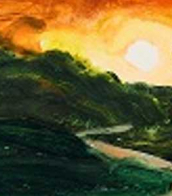

Burkhard Held is German painter living and working in Berlin, Germany. His art is based on figuration dissolving into abstraction. In 1993 he became professor at the Berlin University of the Arts and later served as a professor at the China Academy of Art in Hangzhou, PRC. Burkhard Held is a figurative painter, who dissolves his motifs – landscapes, portraits, flowers – into color fields with a strong tendency towards autonomy. His strongly colored all-over images reinterpret things as abstract and then lead the back into figuration. In 2009 Held started to dedicate himself to the subject of flowers: blossoms become compositions with a landscape character, and are distributed in equally strong colors across the canvas.


Burkhard Held is German painter living and working in Berlin, Germany. His art is based on figuration dissolving into abstraction. In 1993 he became professor at the Berlin University of the Arts and later served as a professor at the China Academy of Art in Hangzhou, PRC. Burkhard Held is a figurative painter, who dissolves his motifs – landscapes, portraits, flowers – into color fields with a strong tendency towards autonomy. His strongly colored all-over images reinterpret things as abstract and then lead the back into figuration. In 2009 Held started to dedicate himself to the subject of flowers: blossoms become compositions with a landscape character, and are distributed in equally strong colors across the canvas.

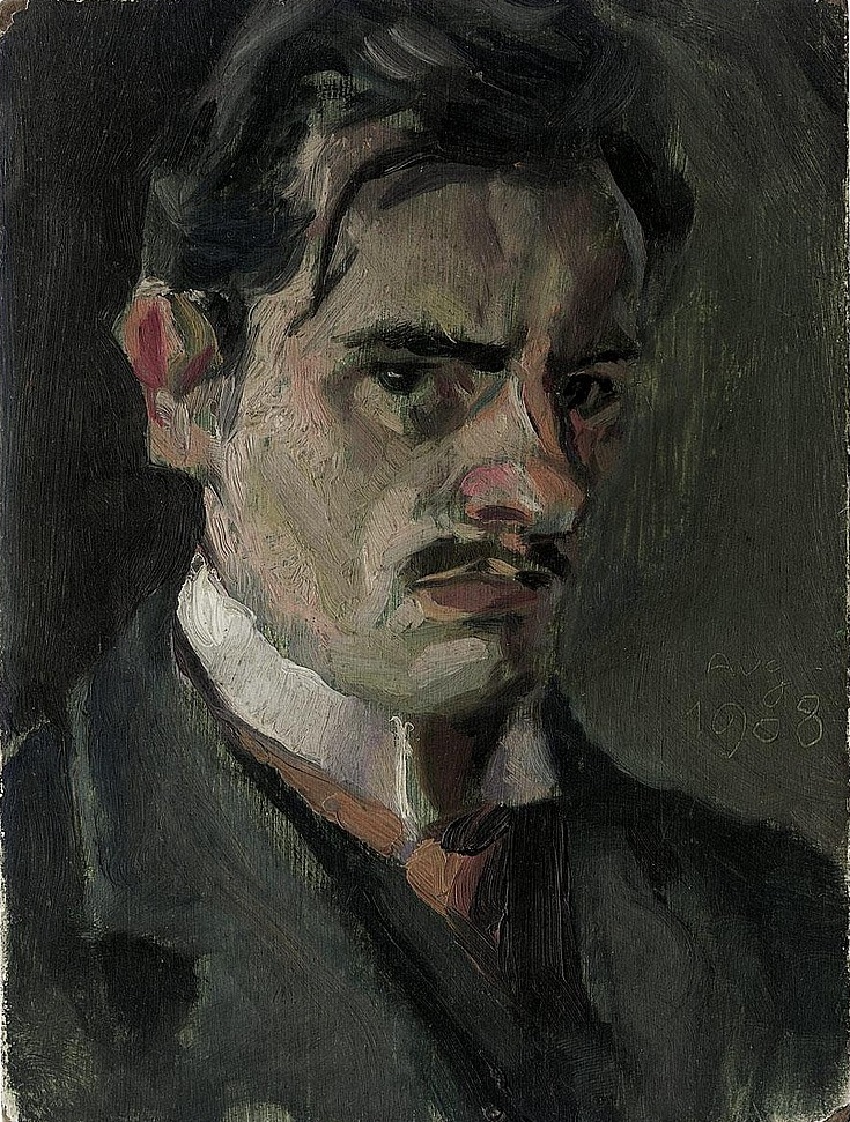
Bernhard Hasler was a German modernist painter. He was known for his expressionist paintings, especially portraits and nudes.
Hasler's work is characterized by the use of bold colours and thick, expressive strokes. He often painted portraits of friends and family. His work is marked by an emotional intensity and an exploration of the human condition.
Hasler's work can be found in many public and private collections, including the National Gallery in Berlin and the Museum of Modern Art in New York. He is considered one of the leading expressionist artists of his generation in Germany.
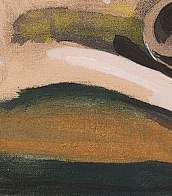

Gerhard Richter is a German visual artist. Richter has produced abstract as well as photorealistic paintings, and also photographs and glass pieces. He is widely regarded as one of the most important contemporary German artists and several of his works have set record prices at auction.
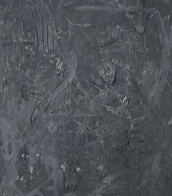
Richard William Hamilton was a pivotal figure in the evolution of modern art, seamlessly blending traditional mediums with emerging cultural commentary. Born in London in 1922, Hamilton emerged as a leading voice in the pop art movement, a genre that sought to bridge the gap between high art and popular culture. His work, characterized by its innovative use of materials and its critical eye on consumer society, positioned him as a critical link between art's past and its rapidly evolving future.
Hamilton's influence is perhaps best encapsulated in his iconic collage, "Just what is it that makes today's homes so different, so appealing?" Created for the This Is Tomorrow exhibition in 1956, this piece is widely regarded as one of the first works of pop art, predating the more widely recognized contributions of American artists like Andy Warhol and Roy Lichtenstein. By integrating images from magazines, advertisements, and other mass media, Hamilton crafted a visually striking critique of contemporary consumerism and its pervasive impact on the domestic sphere.
Beyond his contributions to pop art, Hamilton's legacy is also preserved in his role as an educator and theorist. His writings and teachings have influenced generations of artists, encouraging them to explore the intersections of art, technology, and society. His works are held in high esteem and are featured in prestigious collections worldwide, including the Tate Gallery in London and the Museum of Modern Art in New York.
For collectors and experts in art and antiques, Hamilton's oeuvre offers a fascinating window into the mid-20th century's cultural shifts. His ability to capture the zeitgeist of his time, while also pushing the boundaries of what art could be, makes his work both historically significant and continually relevant.
To stay informed about new product sales and auction events related to Richard William Hamilton, we invite you to sign up for updates. This subscription ensures you remain at the forefront of the art and antiques world, with a focus on one of its most influential figures.
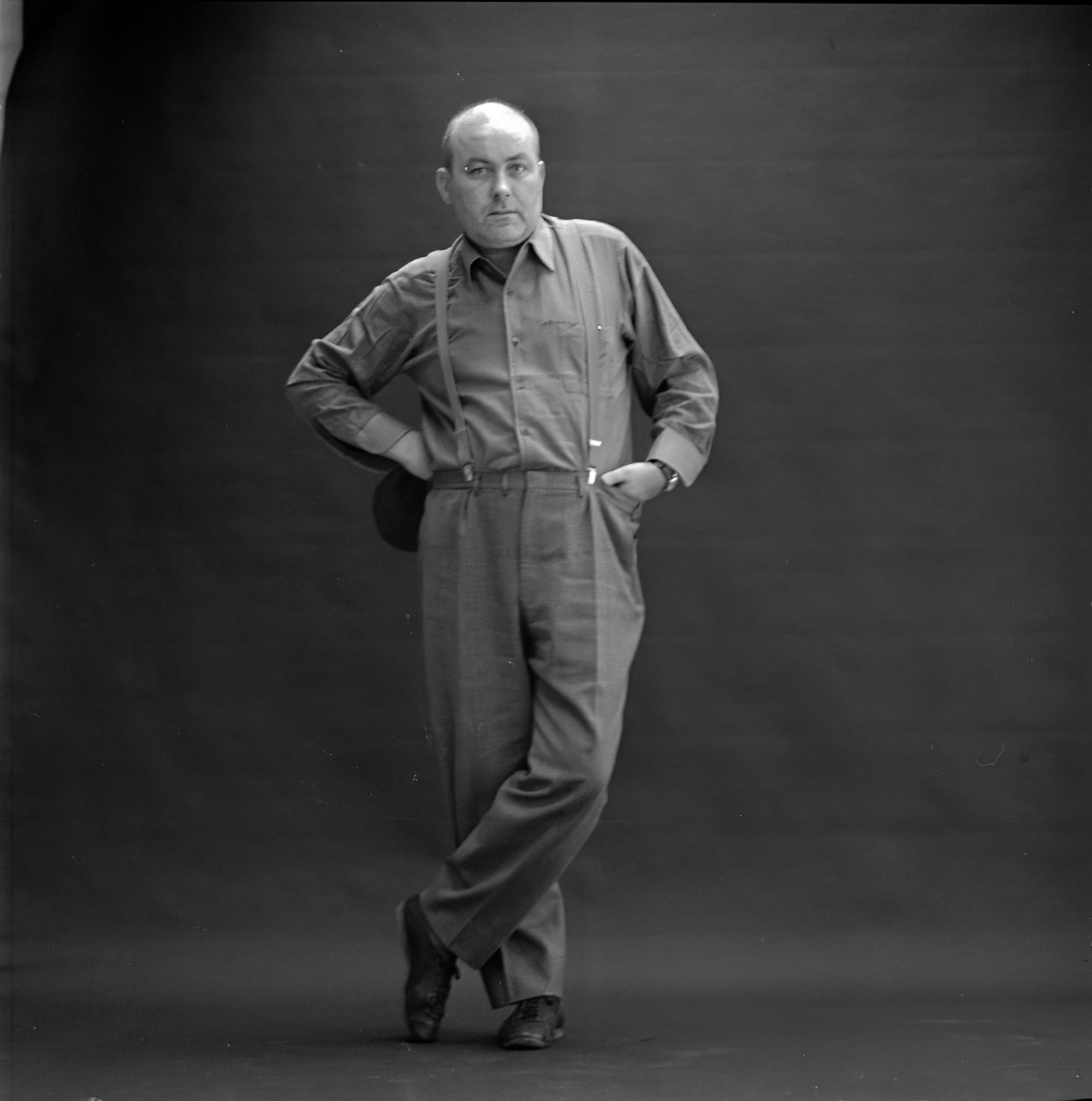
Karl-Dietrich Roth was a Swiss artist best known for his artist's books, editioned prints, sculptures, and works made of found materials, including rotting food stuffs.
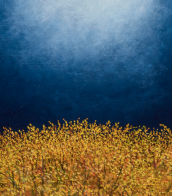
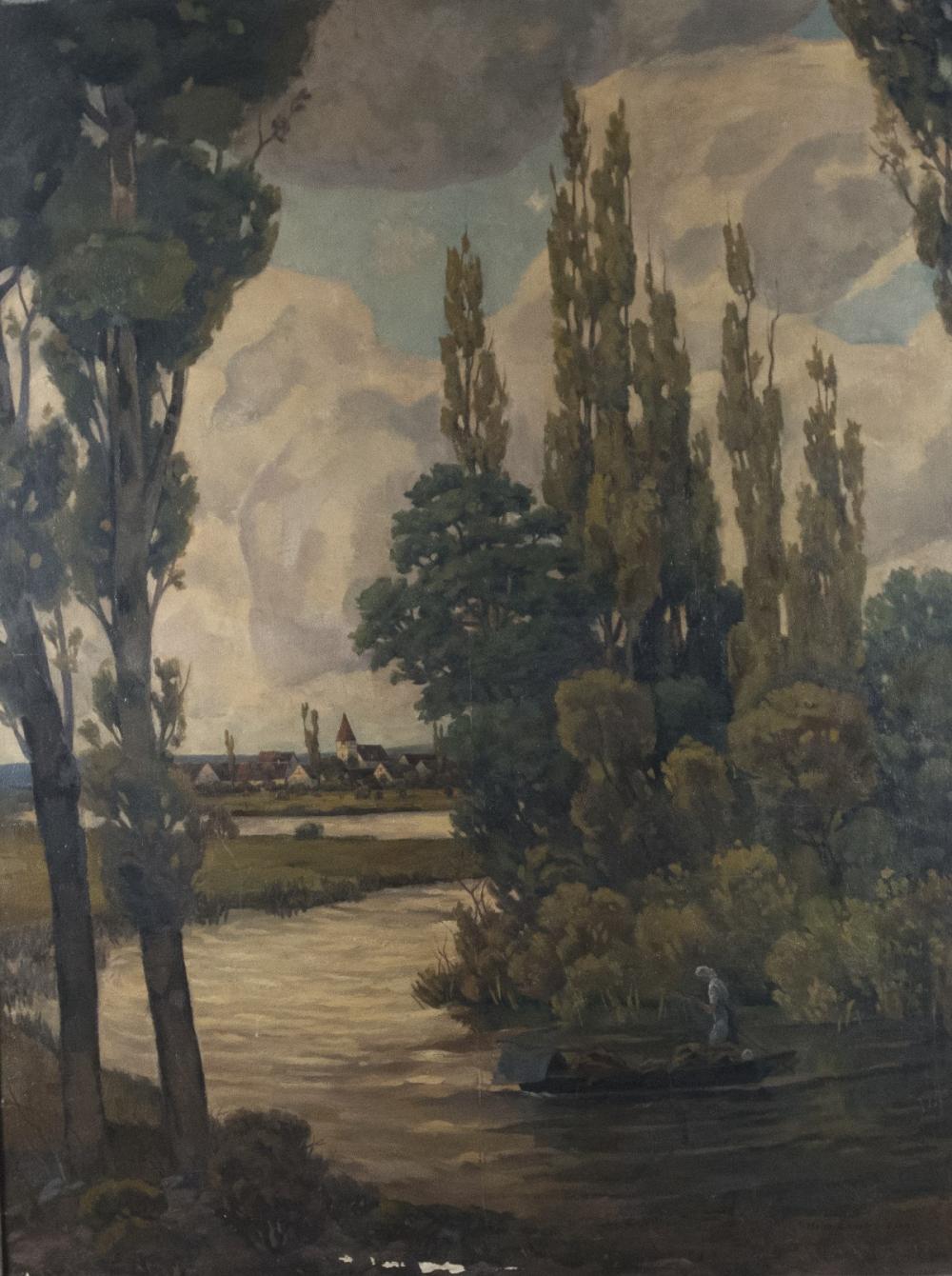
Heinrich Eberhard was a German modernist painter.
Eberhard studied at the Royal Academy of Fine Arts in Stuttgart, and was decisively influenced in his artistic development by the modernist pioneer Adolf Helzel (1853-1934). In 1920 he became a member of the Stuttgart "Üecht Group", which also included Willy Baumeister and Oskar Schlemmer, and was a member of the legendary Hölzelkreis.
Eberhard's oeuvre includes oil paintings, drawings, prints and stained glass windows and is characterized by a stylistic pluralism between expressive naturalism, cubist influences and abstraction.
During the Nazi "Degenerate Art" campaign in Germany in 1937, some of the artist's paintings were removed from galleries and destroyed, but in 1943 he was allowed to exhibit one canvas that met the tastes of the authorities. After the war, Eberhard continued to create with success, participating in exhibitions.
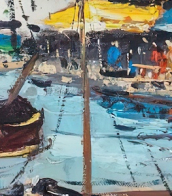
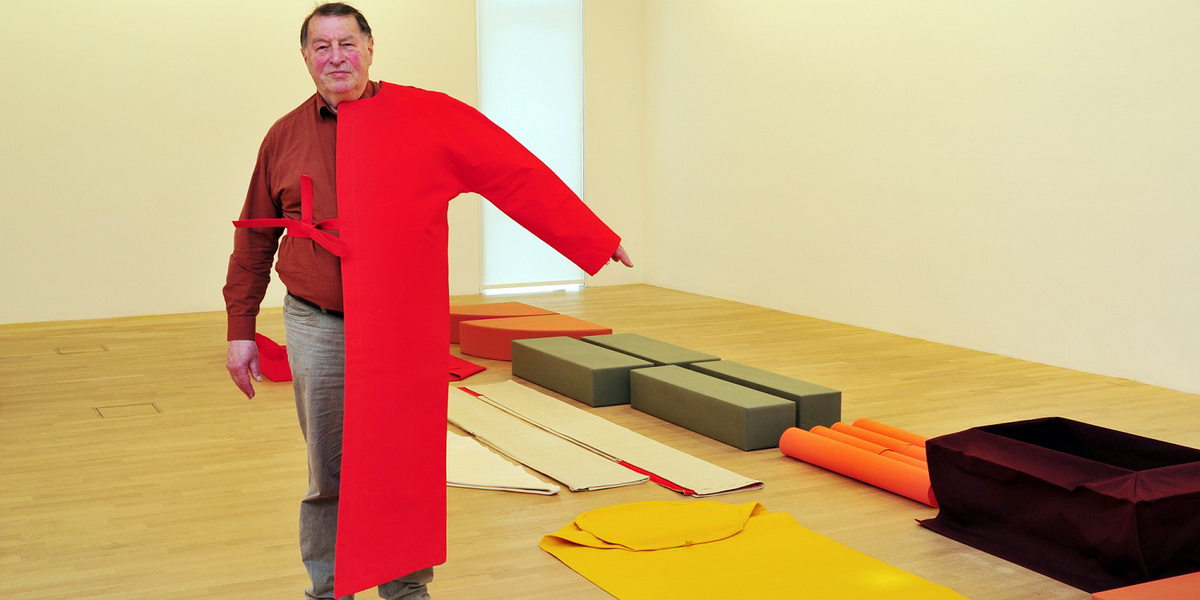
Franz Erhard Walther is a German artist (sculptor, conceptual, installation and process artist).
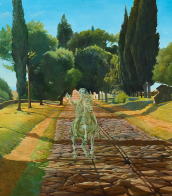
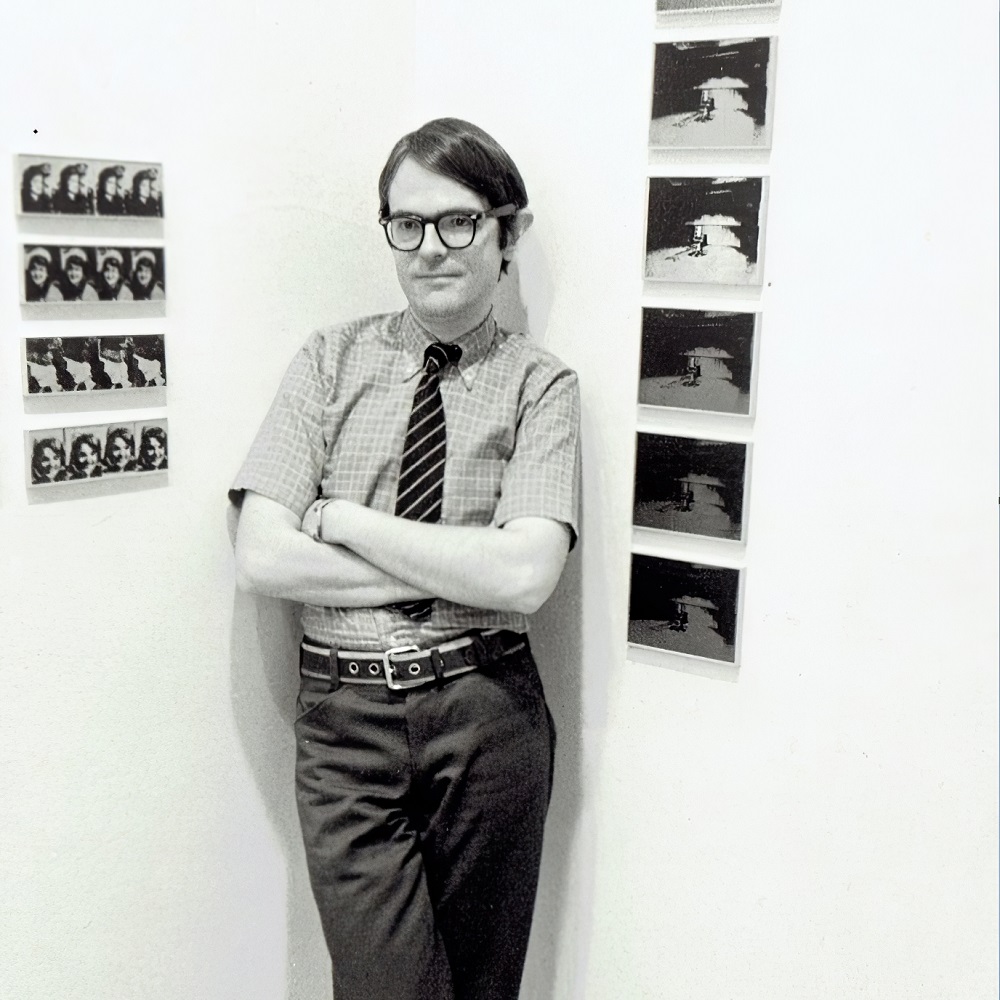
Richard Pettibone is an American painter, sculptor, graphic artist and illustrator. He created replicas of the works of pop art artists such as Andy Warhol, Roy Lichtenstein and Ed Rusch. Reproduced works by leading avant-garde artists Marcel Duchamp and Constantin Brancusi.
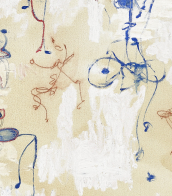

Richard Pettibone is an American painter, sculptor, graphic artist and illustrator. He created replicas of the works of pop art artists such as Andy Warhol, Roy Lichtenstein and Ed Rusch. Reproduced works by leading avant-garde artists Marcel Duchamp and Constantin Brancusi.
